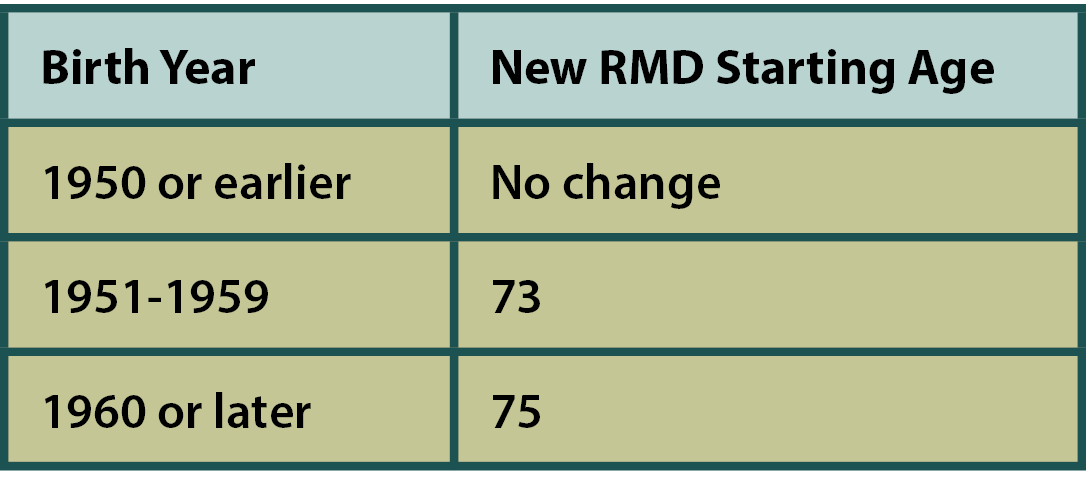Is a Spousal Lifetime Access Trust for You?

A SLAT (Spousal Lifetime Access Trust) is an irrevocable trust created to benefit one’s spouse during his or her life, and then provide an inheritance for the children.
Assets are removed from an individual’s estate and transferred to an irrevocable trust with the spouse as the primary income beneficiary. In some cases, the spouse can also be the trustee.
The purpose of the SLAT is to allow the donor indirect access to the trust income through his or her spouse and it can provide a tax-free inheritance to heirs.
SLATS have been used in recent years to move more money out of one’s estate while the lifetime exemption is at an all-time high of about $13 million, and prior to the sunset of the Tax Cuts and Jobs Act (TCJA) at the end of 2025 when the exemption will return to pre-2017 levels adjusted for inflation (about $6.2 million). The IRS has clarified that gifts made under the TCJA will be grandfathered.
How SLATS are Funded and Taxed
SLATs are often funded with life insurance through annual gifts to pay premiums. In this situation, someone other than the insured must serve as trustee. They can also be funded with closely held business interests or stock. Gift-splitting would not apply to a SLAT because one spouse is the beneficiary, so it would be funded with only the donor’s annual exclusion amounts and use of a Crummey power to allow the gifts to pay premiums. Crummey power allows an individual to receive a gift that is not eligible for a gift-tax exclusion and convert it into a gift that is eligible.
The spouse can access the life insurance policy’s cash value for income during life, and the death benefit remains outside of the estate. Think of a life insurance SLAT as an ILIT (Irrevocable Life Insurance Trust) with the ability of the donor’s spouse to obtain income. A SLAT is a type of grantor trust, meaning the grantor would report the taxable income on his or her tax return. Using life insurance to fund the trust provides an advantage in that loans and/or the withdrawal of cash value from the life insurance policy is income tax free (subject to certain limitations).




